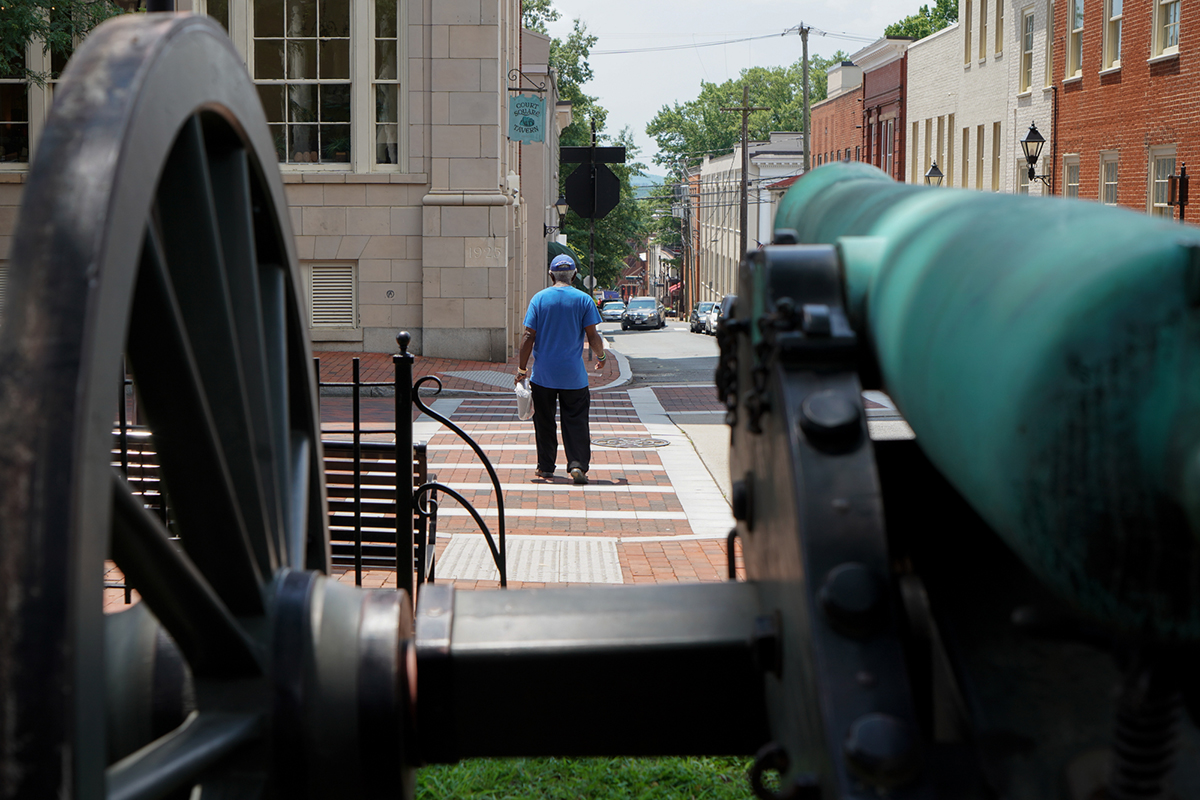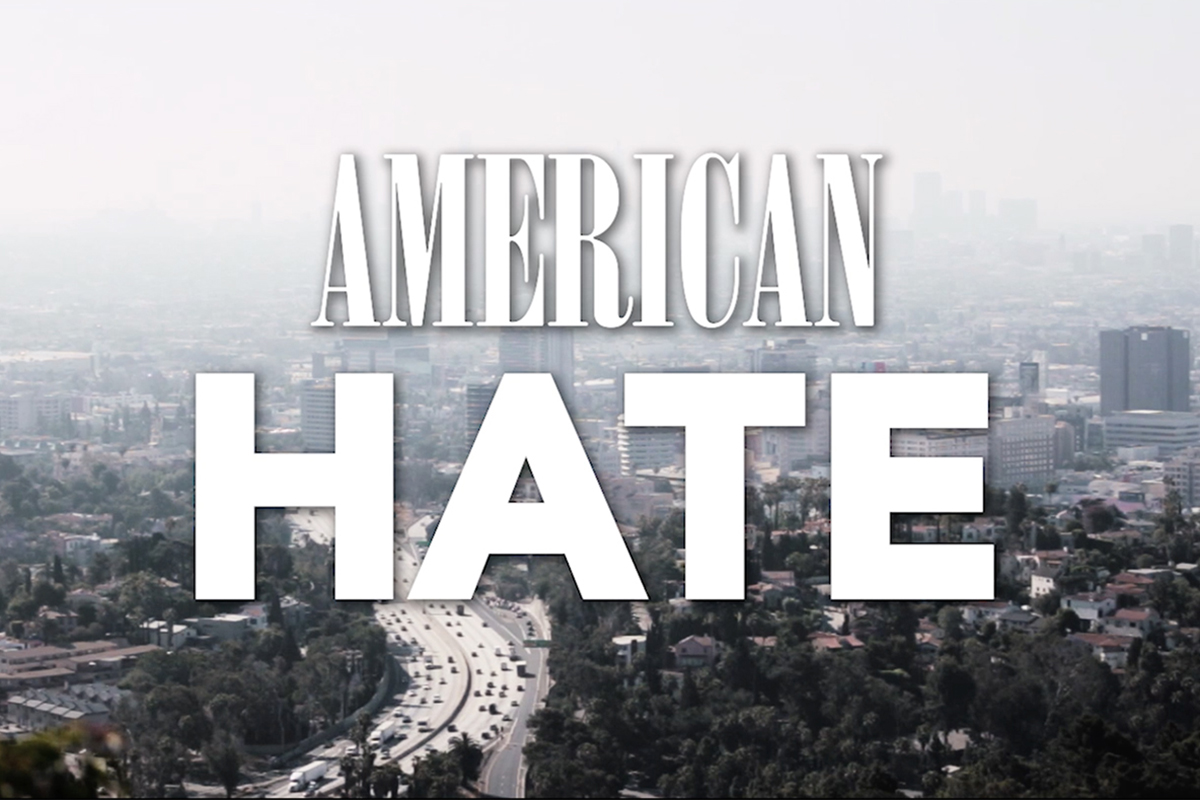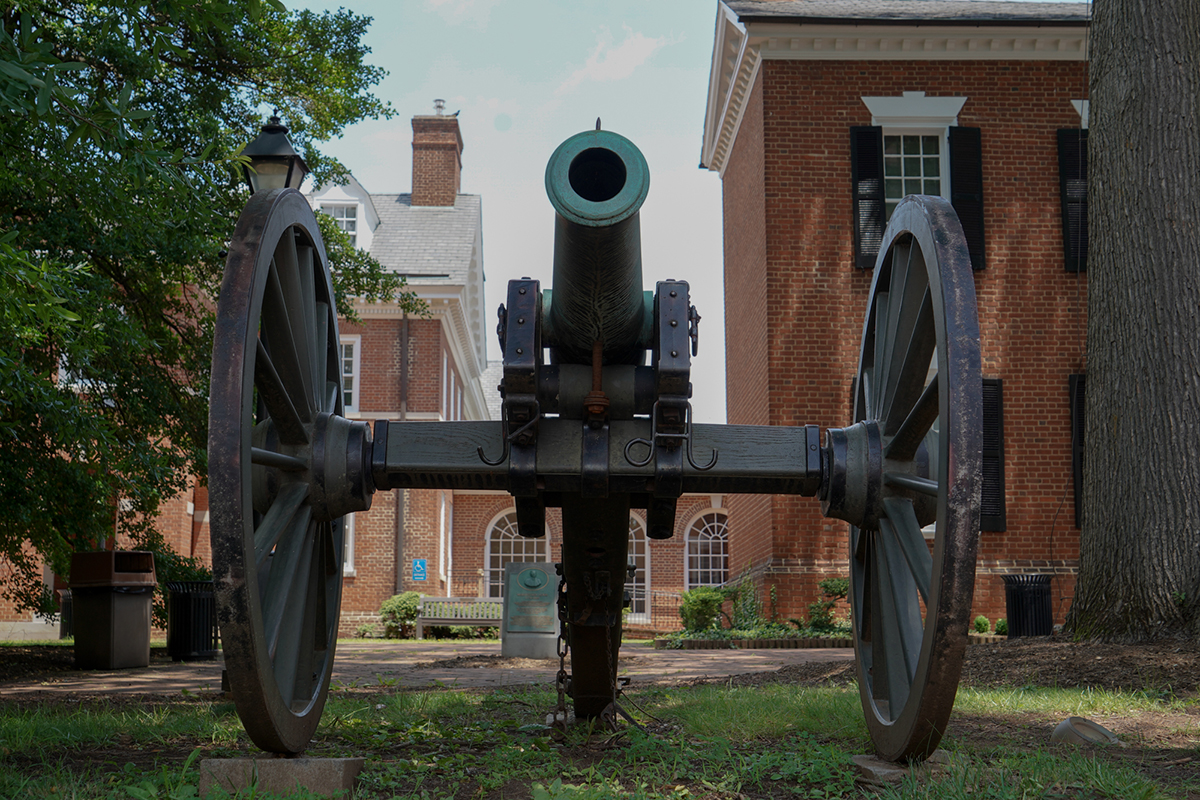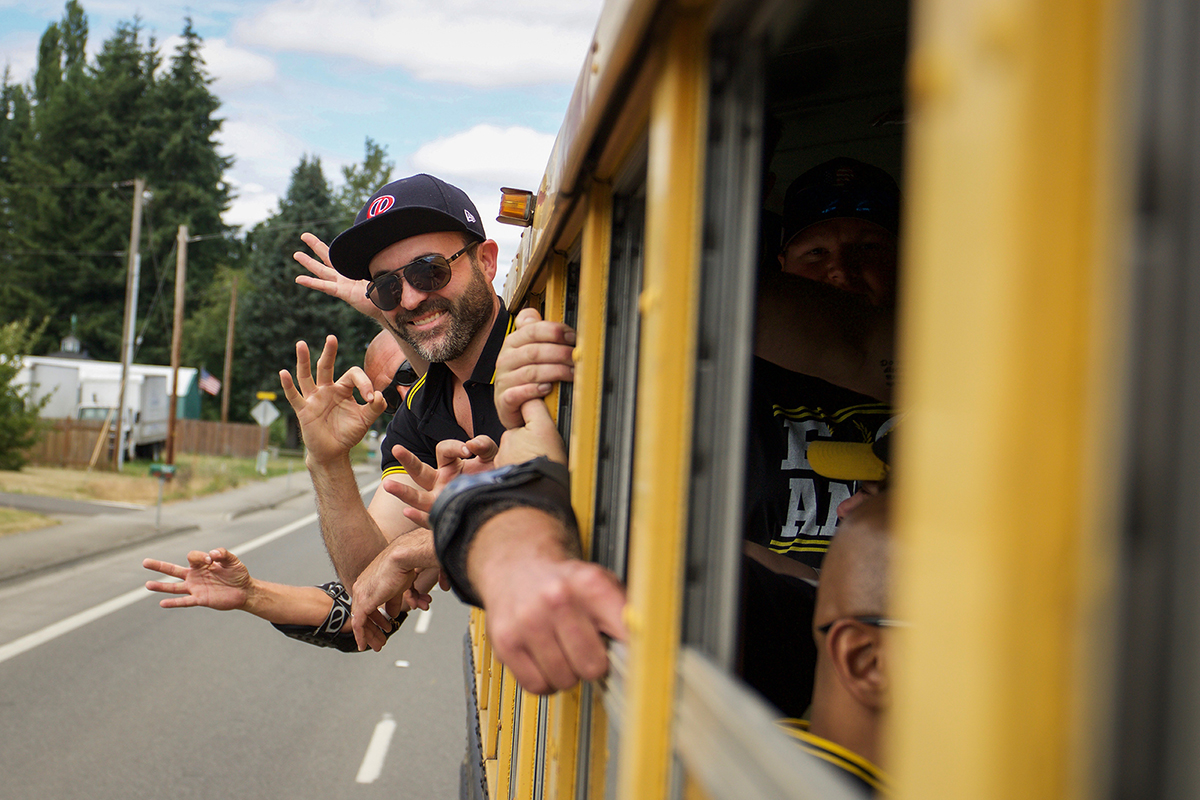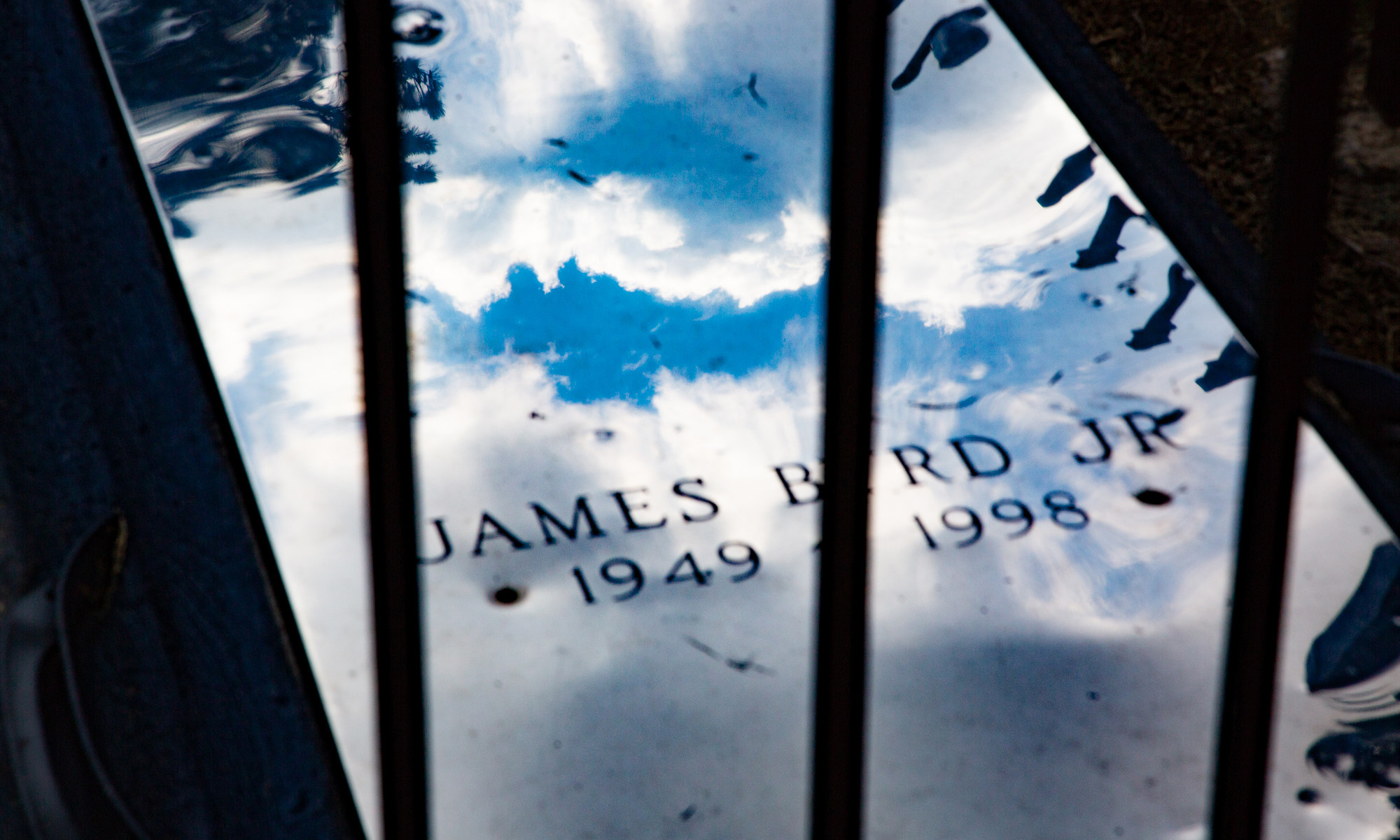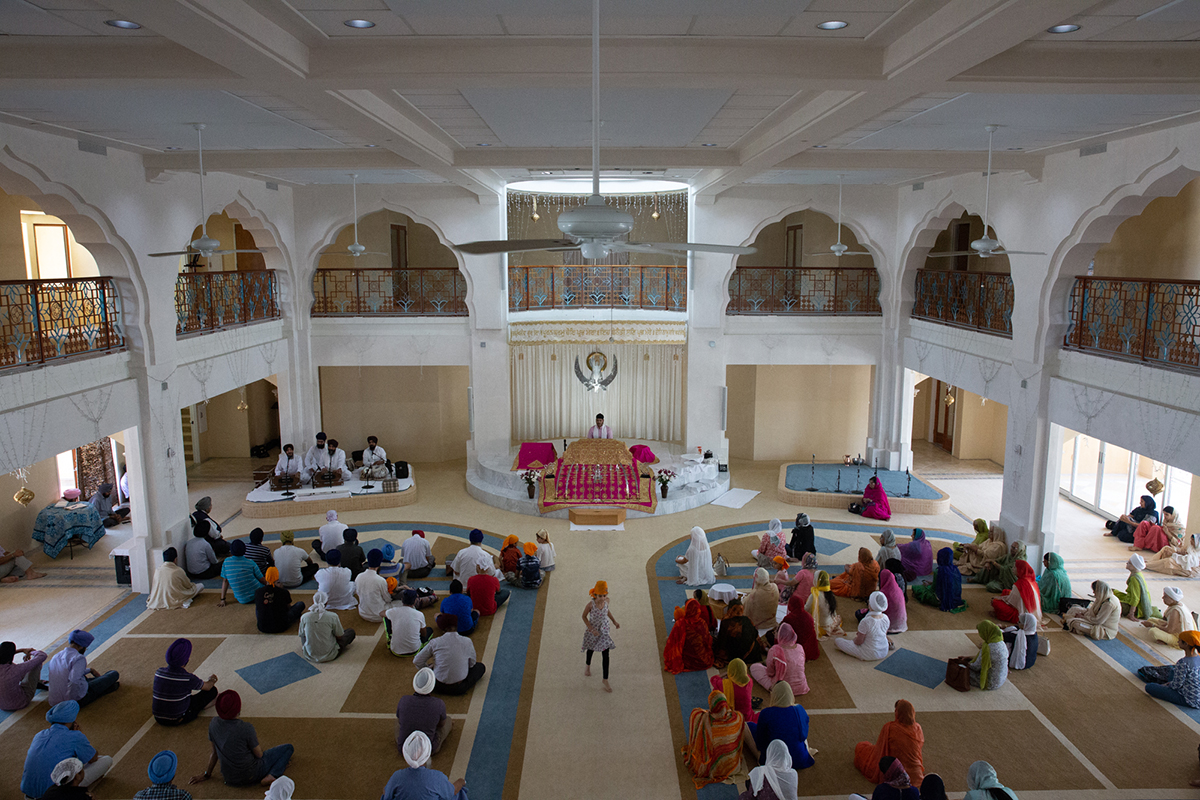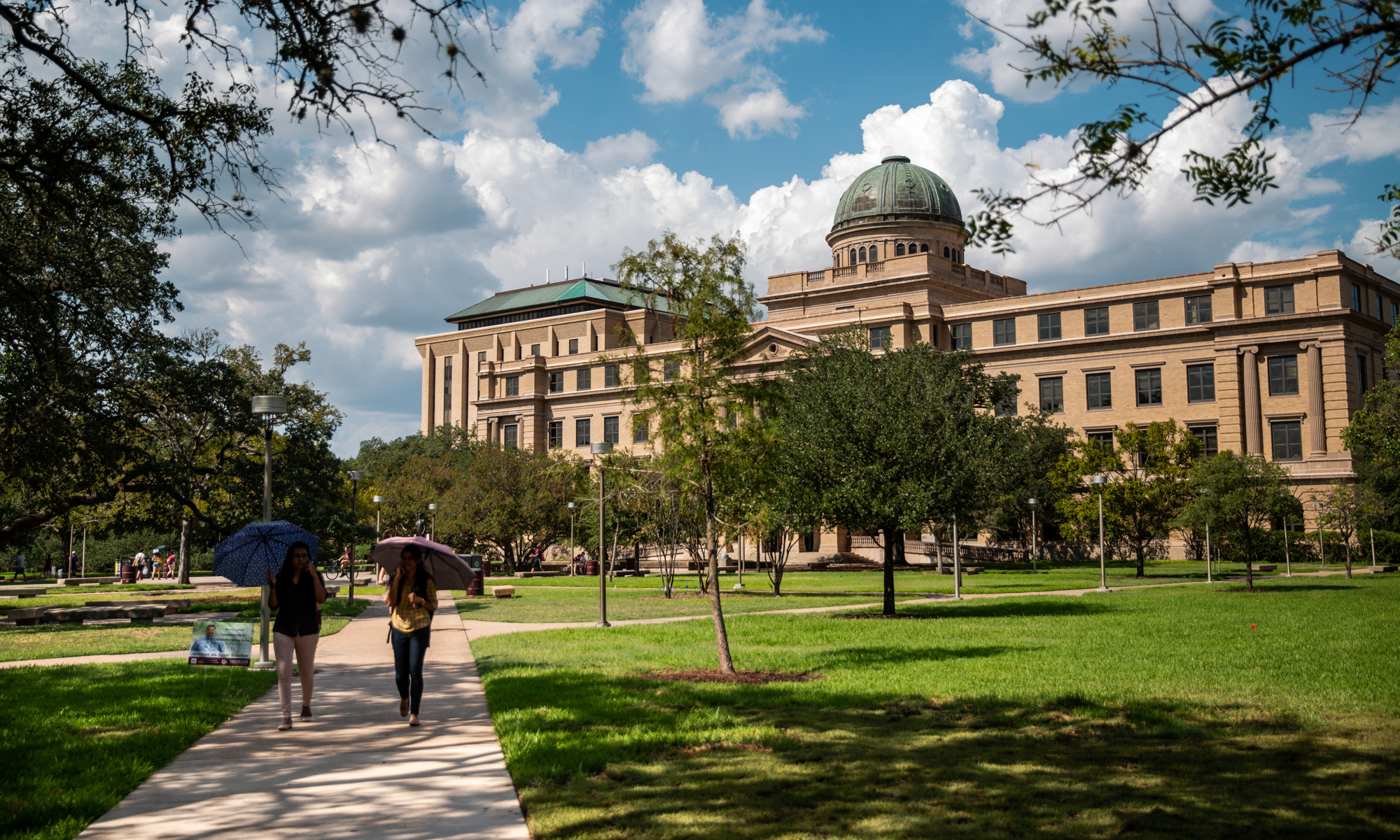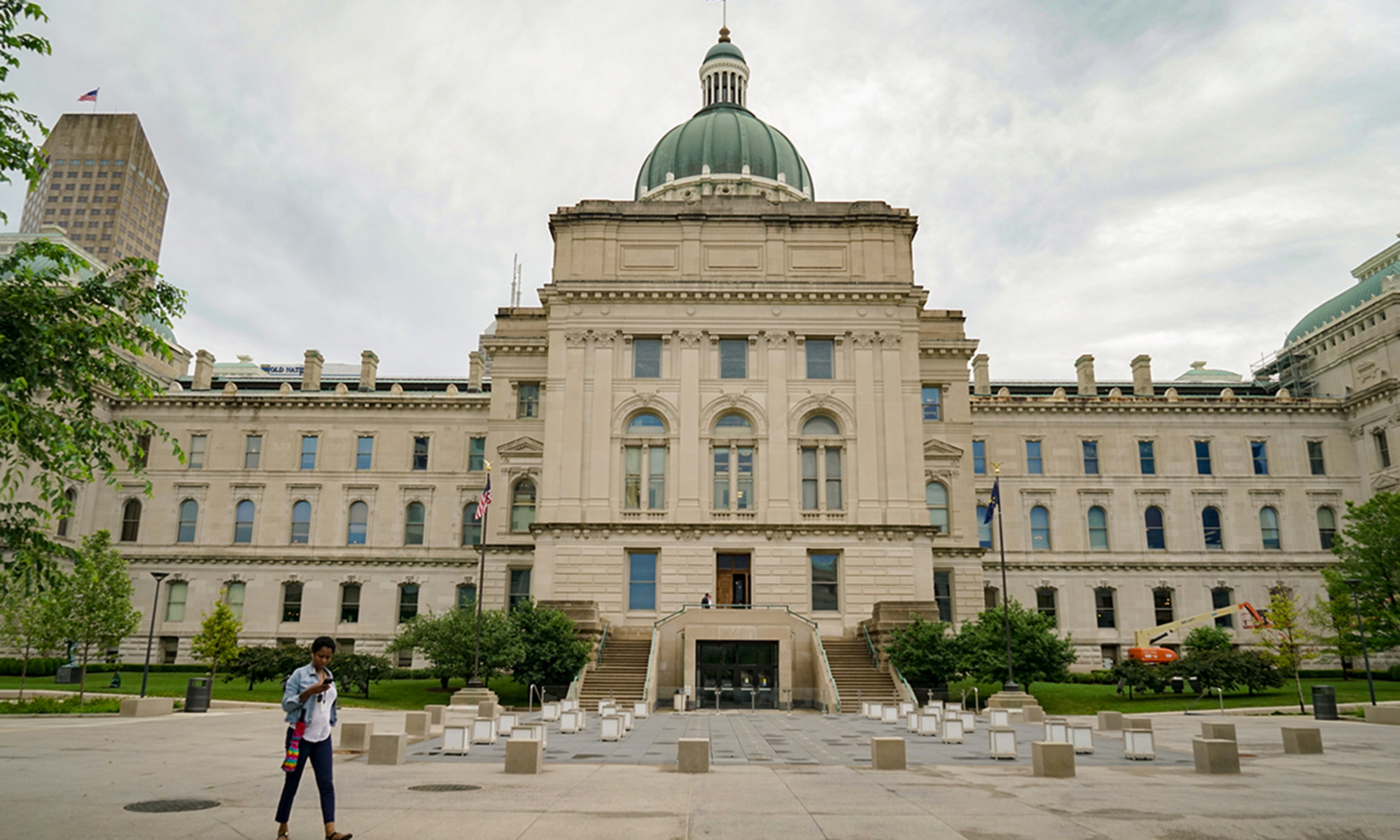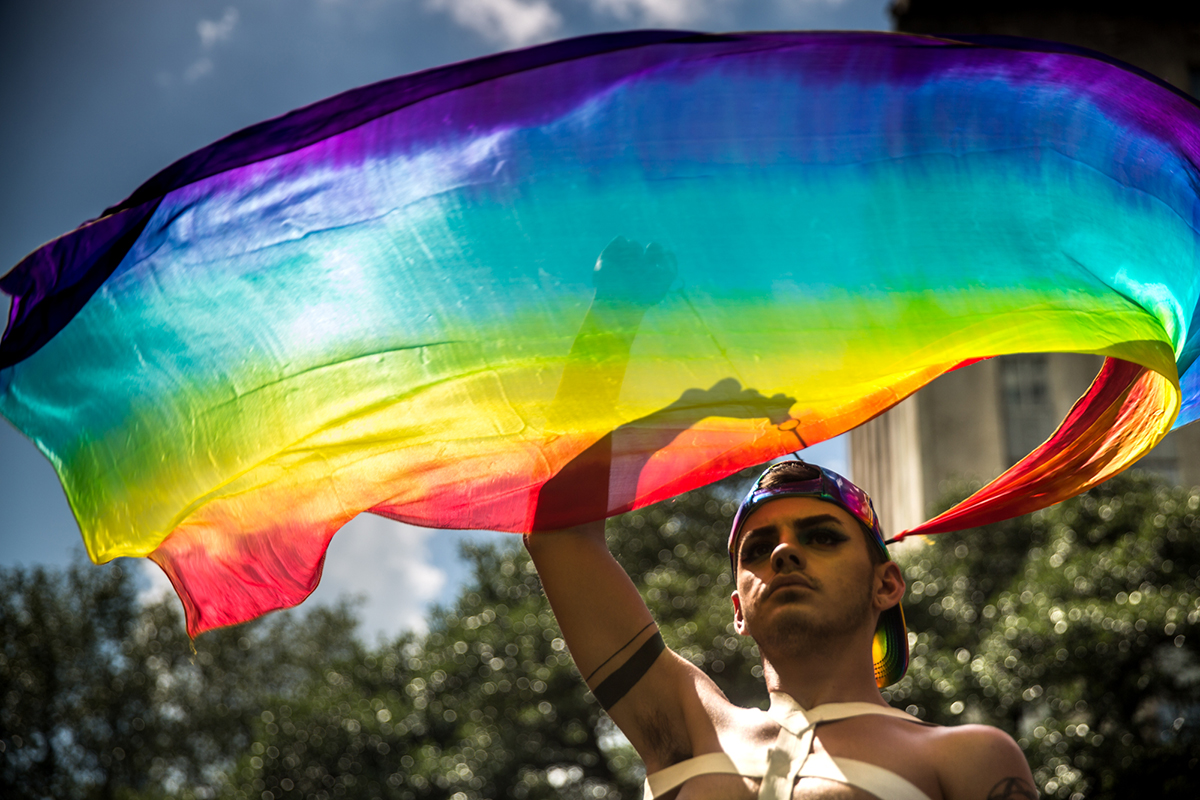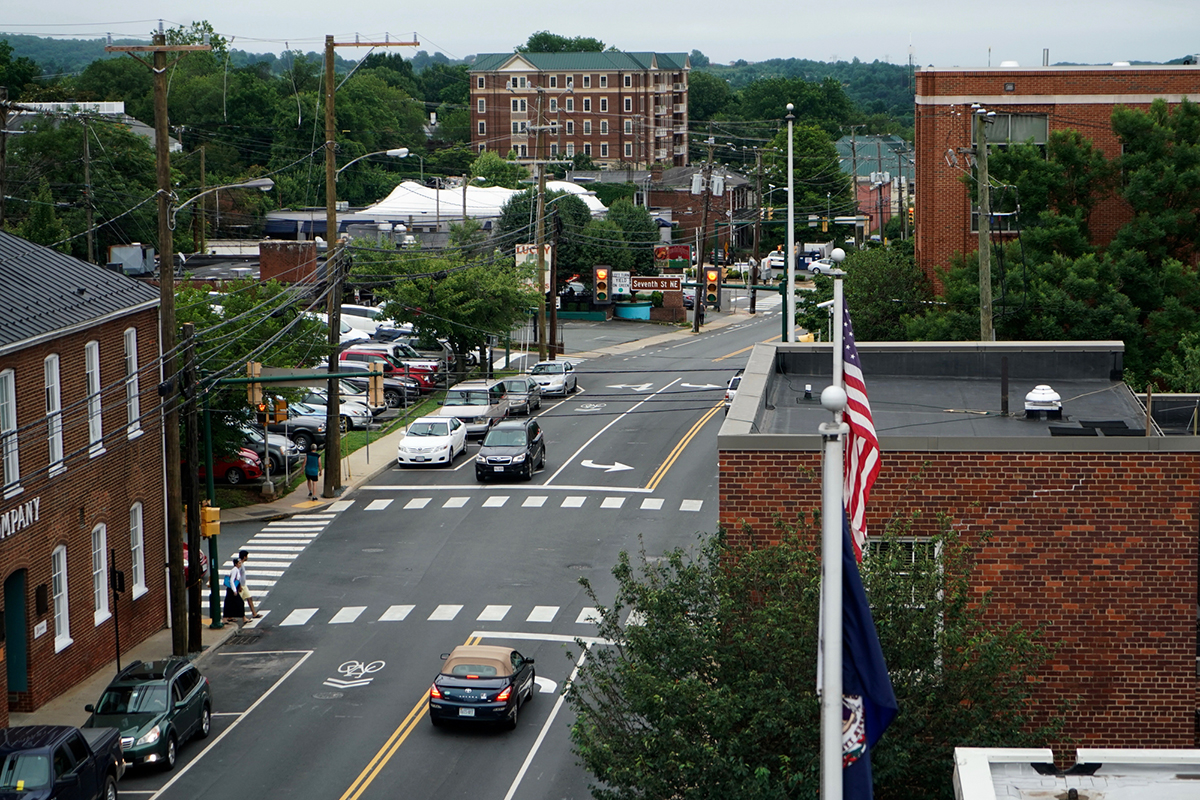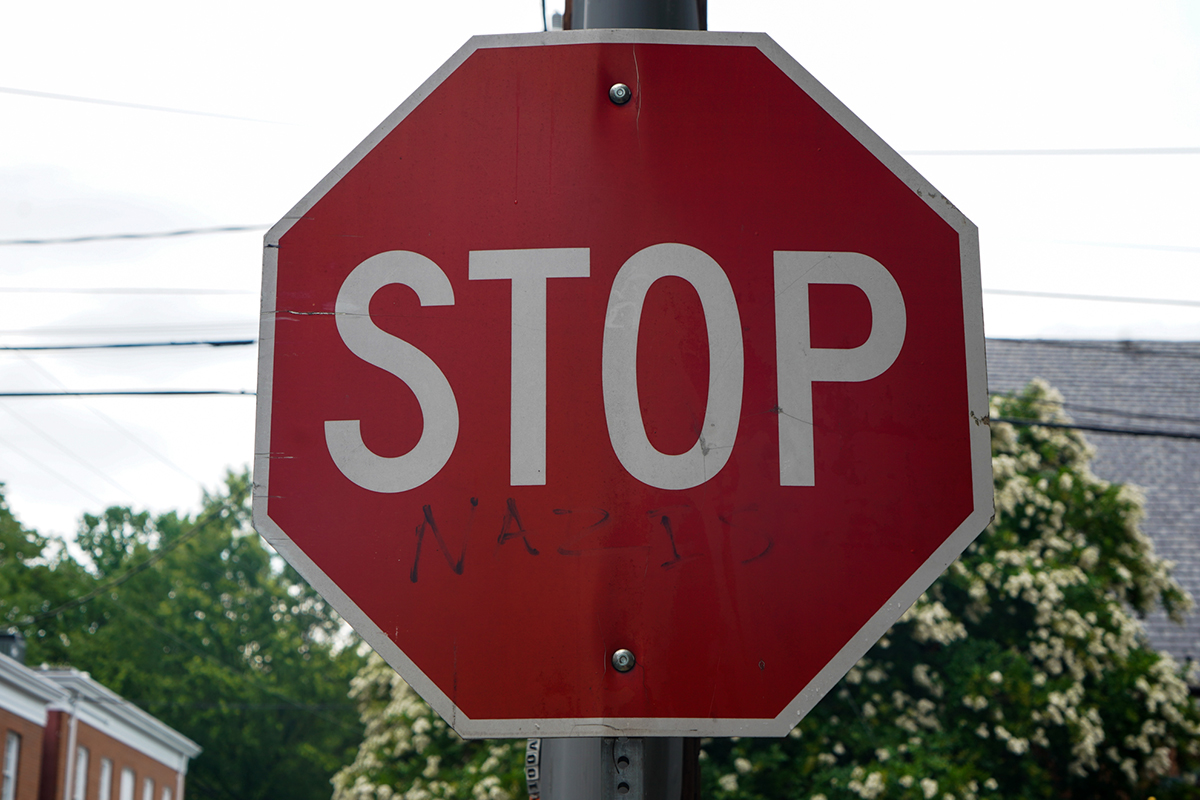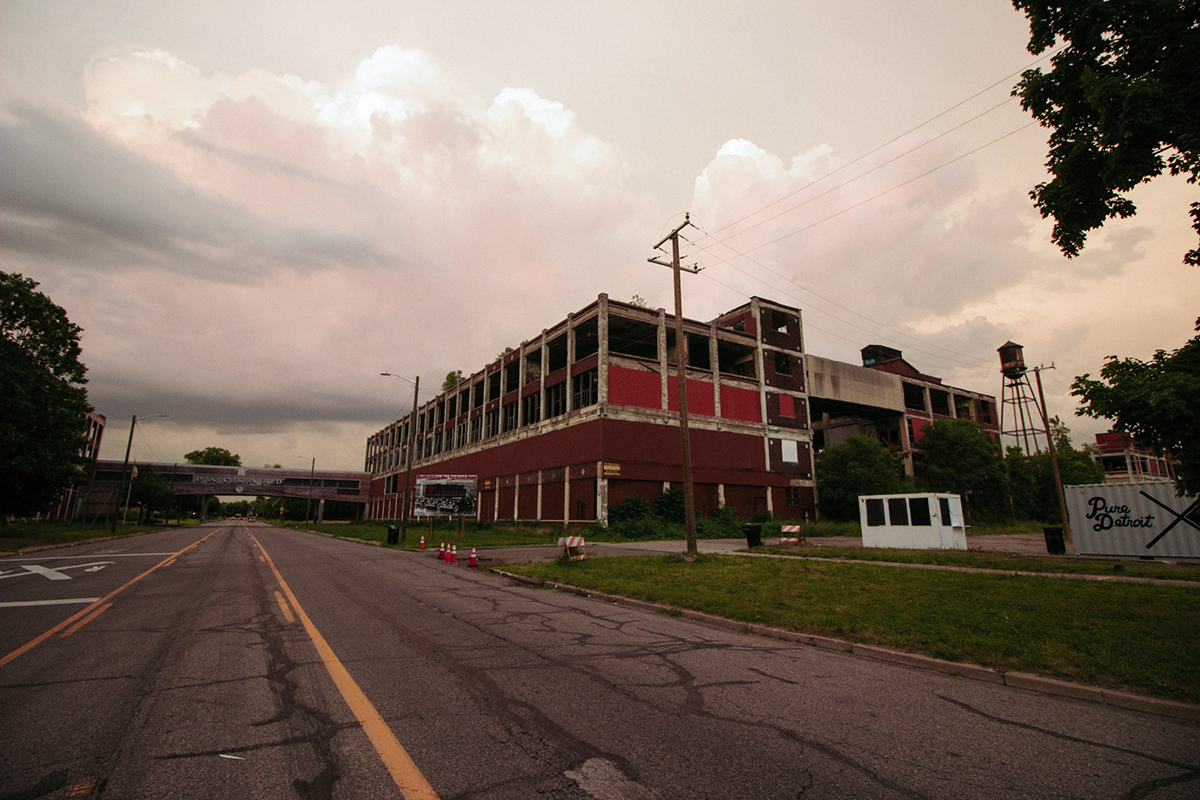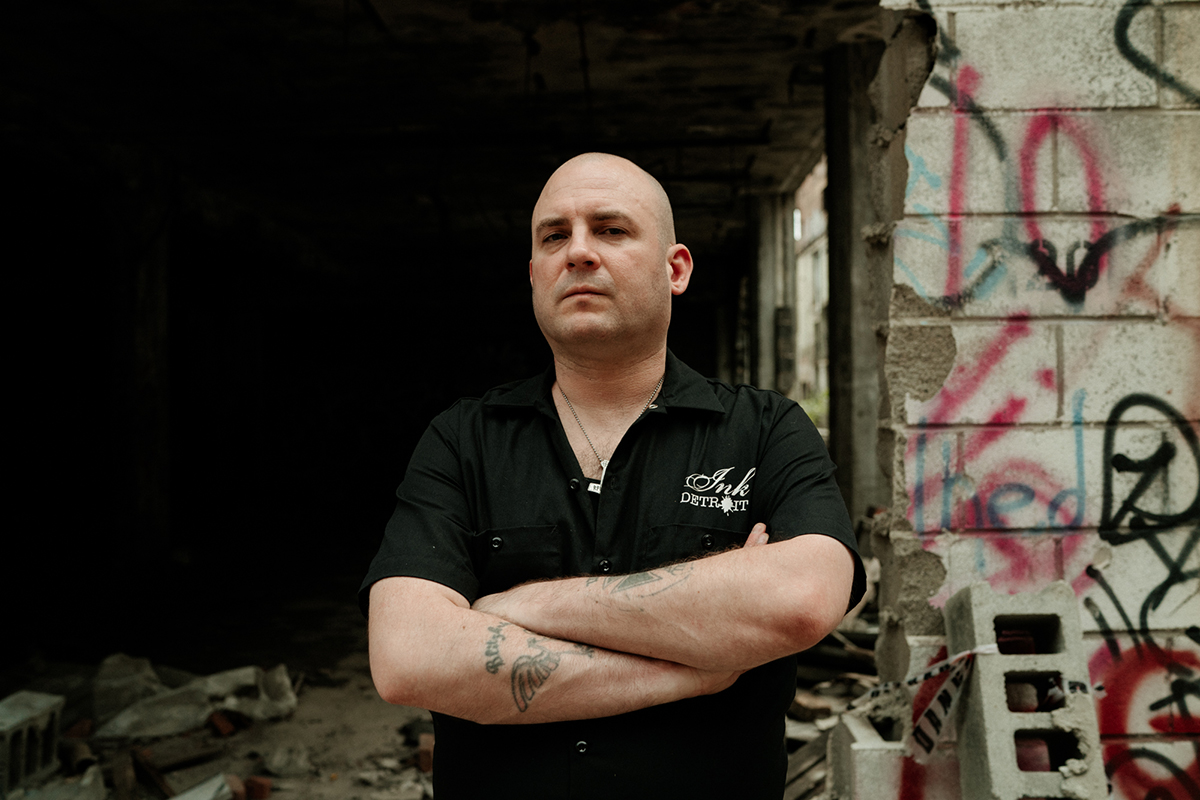MEMPHIS — Ken Parker was baptized in a predominantly black church in Jacksonville, Florida, his tattoos — a large swastika, one Confederate flag, a Ku Klux Klan insignia and an Iron Cross — immersed in holy water.
Less than five months earlier, Parker had been a regional director of the National Socialist Movement, and before that, a grand dragon of the Ku Klux Klan. His duties included littering neighborhoods with recruitment fliers and screaming “White power!” into a megaphone at rallies.
In April, Parker resigned from the NSM and issued a statement that read, in part, “I am convinced that what I have been committed to for the last several years is hurting my walk with God … I can't keep on living this life.”
“Love thy neighbor as thyself,” Parker quoted, quoting the Bible during an interview with News21. “It doesn’t differentiate between the Jewish neighbor, a Mexican neighbor, a black neighbor. It says love thy neighbor as thyself.”
But Parker is an anomaly.
According to the Southern Poverty Law Center, an advocacy group that tracks hate and bigotry toward marginalized communities, there were at least 950 active hate groups in the United States in 2017, up from 917 the previous year. Experts say the term “hate group” is increasingly difficult to define, as extremist groups grow in number, diversify in ideology and use codewords to spread their messages.
Parker said he became involved in far-right groups because he said he was missing a sense of identity and camaraderie.
“I did 11 years in the Navy on submarines, and I definitely felt the brotherhood,” Parker said. “So you get out of there and you’re unemployed, and you’re lucky if you qualify for unemployment for two months. And it’s like, ‘Aw, I’m kind of missing this sense of belonging, so I can join the Klan and get some rank and some belonging.’”
Arno Michaelis, a former racist who’s now an anti-extremism activist, was a member of the Northern Hammerskins in the late 1980s and early ’90s. The group is a chapter of Hammerskin Nation, whose website states, “We must secure the existence of our people and a future for White Children.”
Michaelis said recruiters for extremist groups target white people — often working class and ex-military — who believe they’ve been victimized and short-changed by society.
“So that’s what we would do,” he said, “is look for ways that people were suffering, look for whatever is wrong in their life, and then we would try to spin that problem into our narrative and invite them in as a means to addressing that problem.”
